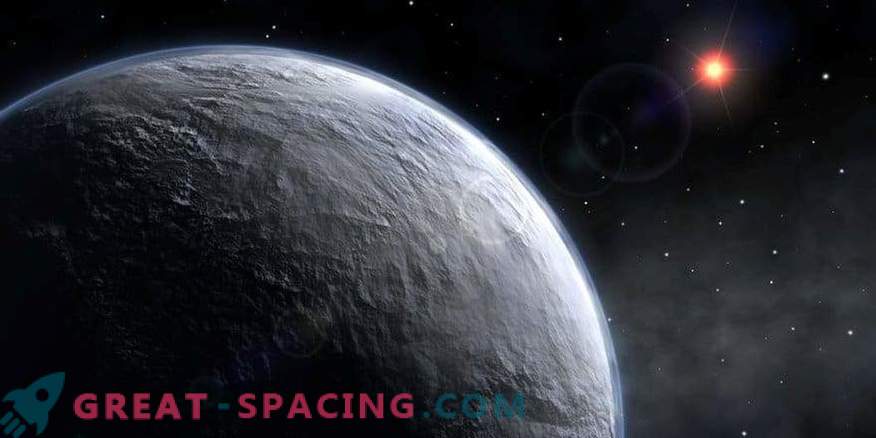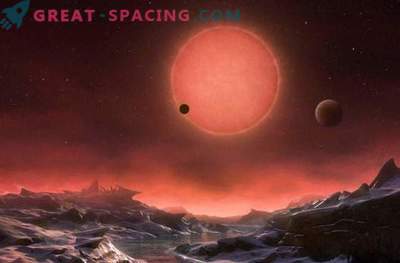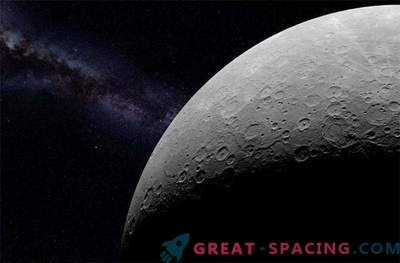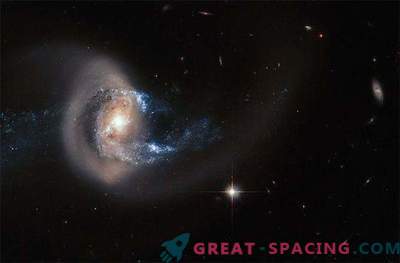
A new study shows that many of the exoplanets found will reside in a gravitational block with a host star. It all started with the assumption of Rory Barnes: the stars, inferior to the Sun in size and brightness, will have locked planets, imitating the situation between the Earth and the Moon.
A block occurs when there is no lateral movement between the planet and the star, and they are fixed in a strong embrace. This is what happens with the Moon and the Earth, which is performed by synchronous rotation. The satellite takes 27 days on the axial rotation and the same on the orbital around the planet.
It is believed that the moon was formed after the impact of the planet with a large object. The tidal block is an old idea, but no one has yet drawn systematic calculations. Previously, researchers simply transferred the 12-hour earth model to distant planets. But Barnes considered that rotation periods may differ in speed, because the planets were smaller or larger than ours. Some models indicate that the initial rotation is capable of covering for hours and weeks. For example, a day on the ancient Earth reached only a few hours.
The scientist believes that tidal blocking is one of the key factors in the evolutionary path of most potentially exoplanets that can live. Closure leads to extreme climatic conditions, but the presence of the atmospheric layer alleviates the situation.











































